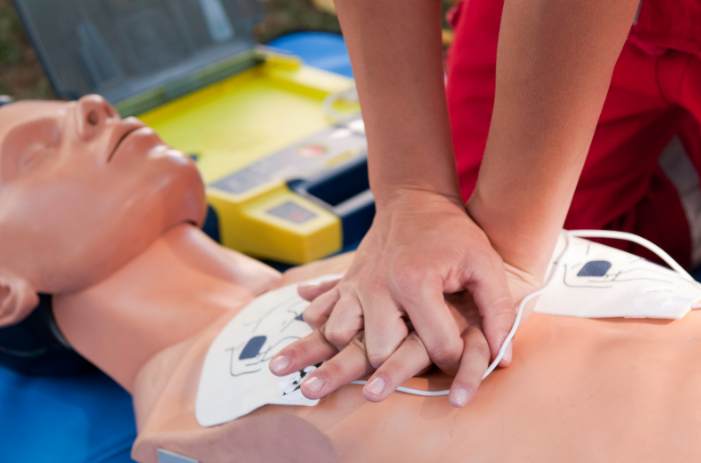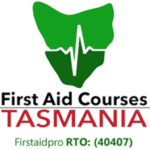Cardiopulmonary resuscitation, or CPR, is a common and well-known procedure when providing first aid.
With the combination of chest compression and rescue breathing, a bystander with proper training can step up and help in the event of an emergency.
Why Is CPR Important?
The performance of CPR in the first few minutes of the emergency can dramatically increase the person’s chances of survival. It can be the difference between life and death in a wide range of emergencies, including cardiac arrest, stroke, smoke inhalation, near-drowning, and electrocution.
Every year, thousands of Australians suffer from cardiac arrest, and many of these lose their lives or suffer permanent, irreversible health damage. It is because many cardiac arrest cases occur outside of the hospital (OHCA), with no first aid intervention from bystanders.
After calling emergency services, it can take some time for medical personnel to arrive on the scene.
Every second matters in a cardiac arrest. This is why the initiative and actions of bystanders to perform CPR may prove to be the difference between life and death.
7 Steps Of CPR
Here are seven easy steps you can use to help someone who is experiencing a life-threatening emergency.
1. Call Emergency Services
The first thing you should do in any emergency is to call triple zero (000) as fast as possible.
Not only does that mean that emergency help will already be on its way, but the phone operator can also help to talk you through the steps of CPR.
2. Assess The Scene
After calling emergency services, assess the scene thoroughly, as you do not want to place yourself and others in additional danger.
Once the scene is clear, approach the victims and check for their level of breathing and responsiveness.
3. Open The Airway
Before starting CPR, position the victim first by making sure they are lying flat on their back. Then, tilt their head back and slightly lift their jaw.
Check to see if there is a foreign object present that is obstructing their airway.
4. Check For Breathing
After opening the airway, check if the person’s breathing is normal. Lower your ear over their mouth and listen for a couple of seconds for any signs of breathing.
If the person shows no signs of breathing or has difficulty having one, immediately begin CPR.
5. Chest Compressions
Place one hand over the other and interlock your fingers to begin chest compressions.
Put your hands on the centre of the person’s chest, just below the breastbone, and straighten your arms. Press firmly at least two inches deep at a compression rate of 100 per minute. It is important to allow the chest to rise between compressions.
6. Rescue Breaths
To perform rescue breath, ensure that the airway is open and blow into the person’s mouth.
Give two rescue breaths and watch the person’s chest to see if it rises. If not, you may need to reposition the airway.
7. Repeat Cycle
Continue the cycle of chest compressions and rescue breaths until an ambulance arrives or someone with better skills can take over.
Everyone, including those outside the medical field, can benefit from learning CPR steps. With proper training, you can gain the skills, knowledge, and confidence to save a life.
(First aid note: Performing CPR steps may vary in children, infants, and adults. Most CPR courses will tackle each procedure during the training.)
Get Trained
First Aid Pro is dedicated to providing high-quality and accessible CPR training to those who need it for professional or personal use. We offer in-person, online, and blended learning for our CPR certification and recertification courses.
Learn the fundamental steps of CPR and other lifesaving first aid procedures, such as how to use an automated external defibrillator (AED), DRSABCD, choking management, wound care, and more.
With our CPR training course, you will have the knowledge, skills, and confidence to respond in the event of an emergency.
For more information, visit our course page or contact us at courses@firstaidpro.com.au.








